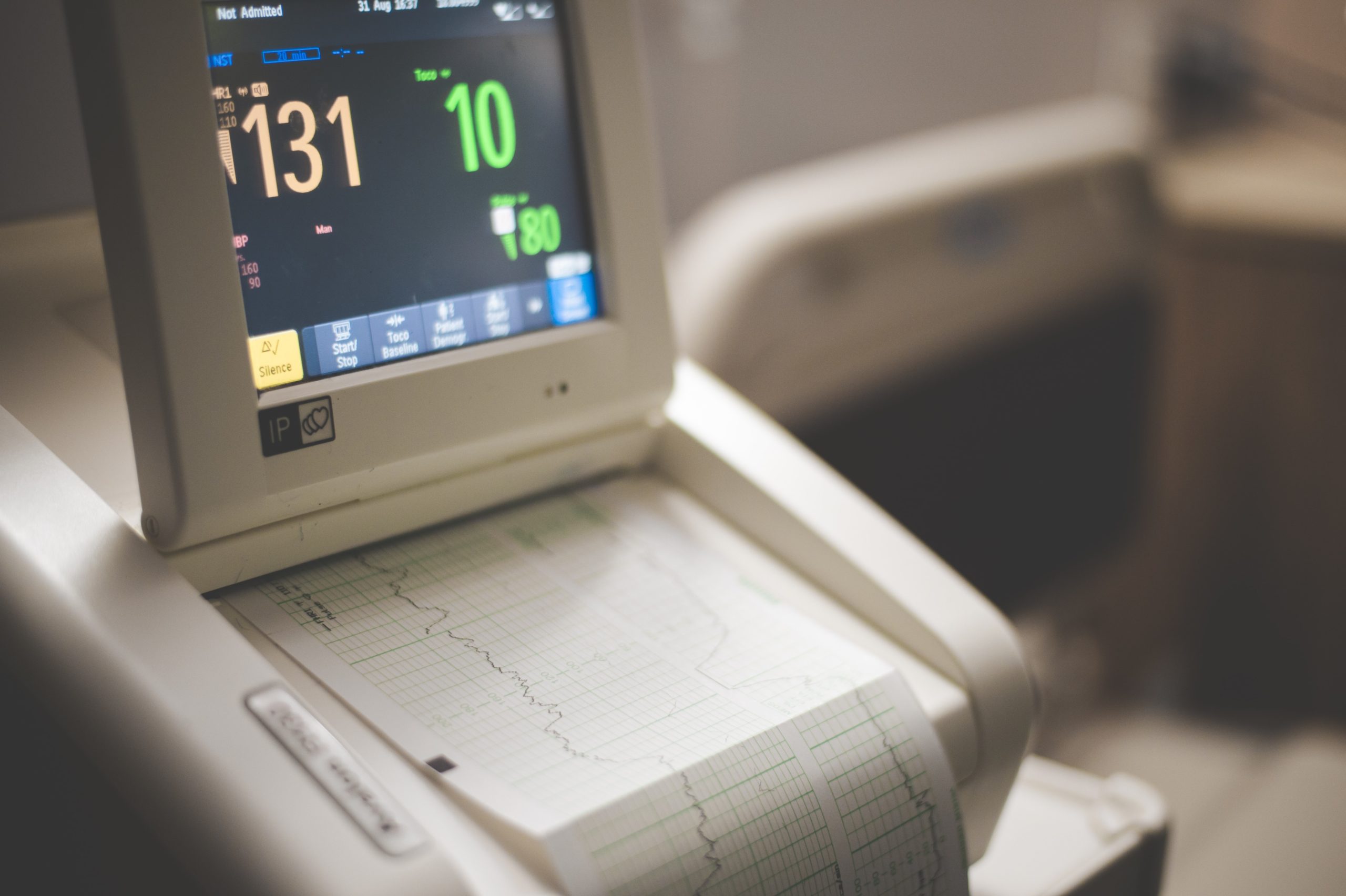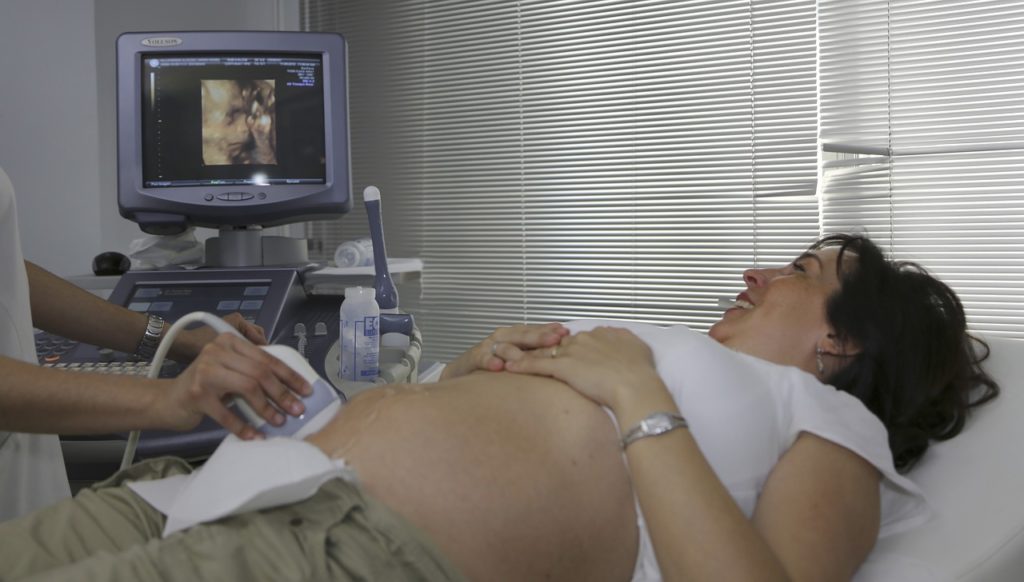For Medical Ultrasound Awareness Month, we are excited to share the many ways that ultrasounds can be used in healthcare. The theme for 2021 is “Changing Lives One Scan at a Time”.
What is an Ultrasound?
Diagnostic ultrasound (also called sonography or diagnostic medical sonography) uses high-frequency sound waves to produce images of structures within the body. There are no known risks to getting an ultrasound due to the use of low-power sound waves. However, ultrasounds do have limitations because sound does not travel well through air or bone. Because of this, your doctor may need to order further tests.
Many people associate the word “ultrasound” with pregnancy, but there are many ways we use ultrasounds in healthcare.
How We Use Ultrasounds at the Women’s Centre:
- Obstetric Ultrasound: This type of ultrasound produces pictures of a baby as well as the ovaries and uterus. It does not use ionizing radiation, so it has no known harmful effects to the mother or baby.
- Gynecologic Ultrasound: This is used to obtain images of the pelvic organs. There are two types – transvaginal and transabdominal.
- 3D & 4D Ultrasound: This type of ultrasound shows a complete view of the baby’s face and body. It is not a medical necessity, but a wonderful memory and keepsake.
- Sonohysterogram: This test provides imaging of the uterus. It is used to diagnose the cause of underlying pelvic pain, infertility, or vaginal bleeding.
- Nuchal Translucency Sonogram: This is an ultrasound evaluation that is combined with a maternal blood test to evaluate the fetus and identify risks for specific chromosomal abnormalities. This optional test is offered between the 11th and 13th week of pregnancy.
How to Prepare for an Ultrasound
Before your appointment, be sure you wear loose fitting, comfortable clothing. The ultrasound sonographer will need access to your abdomen, so be sure not to wear anything that could restrict access to that area. To get the best possible ultrasound image, be sure you have a full bladder. Before your ultrasound drink two or three glasses of liquid, preferably water. If you are having a sonohysterogram, then you should stop drinking fluids four hours before the exam. Our team will make sure you know how to prepare for your ultrasound exam.
In-office ultrasounds are just one of the ways we are dedicated to providing comprehensive and quality health care services to all women. Contact our office to schedule your appointment!



